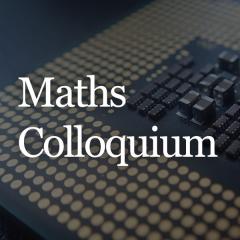Presenter: Wolfgang Globke, University of Adelaide
In mathematics, the notion of “symmetry” of an object is encoded in the group of geometric transformations preserving this object. This illustrated through the example of tilings and crystals, which were classified towards the end of the 19th century, and eventually lead to the famous Bieberbach Theorems in 1911. These theorems describe the structure of crystallographic groups and answer Hilbert’s 7th problem in the affirmative, namely, that in each dimension there are only finitely many such groups up to equivalence.
At the same time, the Bieberbach Theorems exhibit the structure of compact flat Riemannian manifolds, and thereby give the direction for research on more general geometries, whose transformation groups are Lie groups. The analogue of crystallographic groups are lattice subgroups in Lie groups. Beginning in the 1950s, lattices have been studied in different classes of Lie groups, such as nilpotent groups (Malcev), solvable groups (Auslander, Mostow) and semisimple groups (Mostow, Margulis, Zimmer). A natural question is to what extent analogues of the Bieberbach Theorems hold in these cases.
About Maths Colloquium
The Mathematics Colloquium is directed at students and academics working in the fields of pure and applied mathematics, and statistics.
We aim to present expository lectures that appeal to our wide audience.
Information for speakers
Information for speakers
Maths colloquia are usually held on Mondays, from 2pm to 3pm, in various locations at St Lucia.
Presentations are 50 minutes, plus five minutes for questions and discussion.
Available facilities include:
- computer
- data projector
- chalkboard or whiteboard
To avoid technical difficulties on the day, please contact us in advance of your presentation to discuss your requirements.

